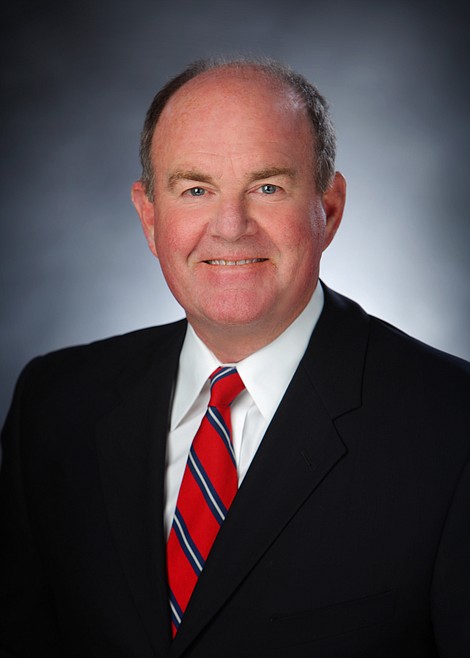Op-Ed: Shifting new growth burden from existing taxpayers
Local property tax relief has been a hot topic in this year’s legislative session. With SB 1108’s defeat last week, its’s about to get hotter.
After meeting with and discussing local property tax issues with Idaho’s Association of Counties, Cities, county commissioners, mayors, highway districts, assessors, controllers, clerks, treasurers, citizens and developers … and after hours of public testimony in Both House Revenue & Taxation and the Property Tax and Local Expenditures Interim Committee, one of the key issues impacting our local property taxes is how local taxing districts (cities, counties, highway districts, etc.) pay for new growth.
This is illustrated best by testimony in the House Revenue & Taxation Committee:
Last year, the mayor of Nampa testified (and I paraphrase) “her city could not afford the services that new growth required.” When I asked about Nampa not affording these new services given such a large Urban Renewal (URD for purposes of discussion) impact, she commented, “this a touchy subject in Nampa.”
As it should be a touchy subject. This increment (tax dollars) given to the URD is not available to ‘pay’ for these services required by new growth, as stated by the mayor. The services required by this new growth (police, fire, snow removal, etc.) are further subsidized by the existing taxpayer. In 2019, $12.8 million was diverted from local taxing districts to the URD’s in Kootenai County … dollars that could offset the existing local taxpayer’s burden. When weighing the costs and benefits of urban renewal, one must recognize the extra annual costs to our existing local taxpayers, who are required to shoulder this added burden when a city chooses to create or expand a district.
Earlier this session, the Executive Director of the Idaho Association of Cities testified that the current local property tax formula improperly shifts the costs of new growth to the existing taxpayer, especially in times of high growth. The existing formula has allowed for excess taxes to be collected, compounded annually when a local district takes any part of their allowed 3% annual increase, allowing local taxing districts to amass funds from existing taxpayers to be used for future projects … existing taxpayers are paying for projects required by newcomers, who have not paid one penny for these projects.
In a Zoom meeting last year, the city of Boise told me that on top of their $17.5M cash flow and rainy-day fund, they had $49M in unassigned balances. I am told that the city of Meridian has $20M. Our county commissioners here in Kootenai County have been trying to keep up with new growth for years. They paid for a secondary jail expansion in cash, this past year they paid more than $4M in cash for a building in the northern portion of the county, and they are looking at using a combination of cash, foregone taxes, or a bond levy to pay for a new justice building. Without passing judgment on these projects, these projects are being paid for by excess taxes, taxes already collected from existing taxpayers, for the benefit of new growth.
Quite simply, the EXISTING taxpayer is being overburdened by new growth. The good news is that the quality developers I have spoken to, both in Kootenai and Ada counties, agree that the EXISTING taxpayer should not have to bear this burden. Legislation is in the works that will enhance and broaden impact fees, fees that cities and counties can already levy, to help pay for more of this new growth. Legislation is also being worked on to provide logical, common-sense reform for urban renewal that will help shift the burden of paying for new growth from the existing taxpayer to those requiring the new growth.
Property tax policy is complex. How to pay for new growth is not only a key driver that impacts property taxes, but it is also a fairness issue. We need to make sure we do not overly burden those that are already here to pay for those who want to join us … that would be unfair.
• • •
Jim Addis, R-Coeur d'Alene, is an Idaho State Representative for District 4, Seat A.

